Identification
For rose growers in Western Australia who have foliage that appear like this, it is likely Chilli Thrip is the cause. The insects are about 2 millimetres long, flat tornedo shaped body, about 2 millimetres long, coloured pale or translucent to black. Roses appear with distorted leaves and some look burnt, flowers and new shoots are deformed. The larvae feed on plant tissue, early symptoms include a clear discolouration of the leaf with black dots. Leaves may curl and dry up. Most active in Spring, Summer, and early Autumn, they thrive in hot humid conditions.
Control
First try ‘Eco Oil’ or ‘Neem’ base products as an organic approach. If this fails use ‘Confidor’ and alternate with ‘Success Ultra’ which are systemic sprays and last for up to six weeks, but can severely impact on beneficial insects.

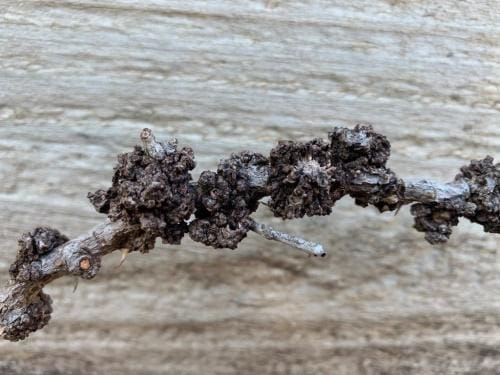 AERIAL ROOTING
AERIAL ROOTING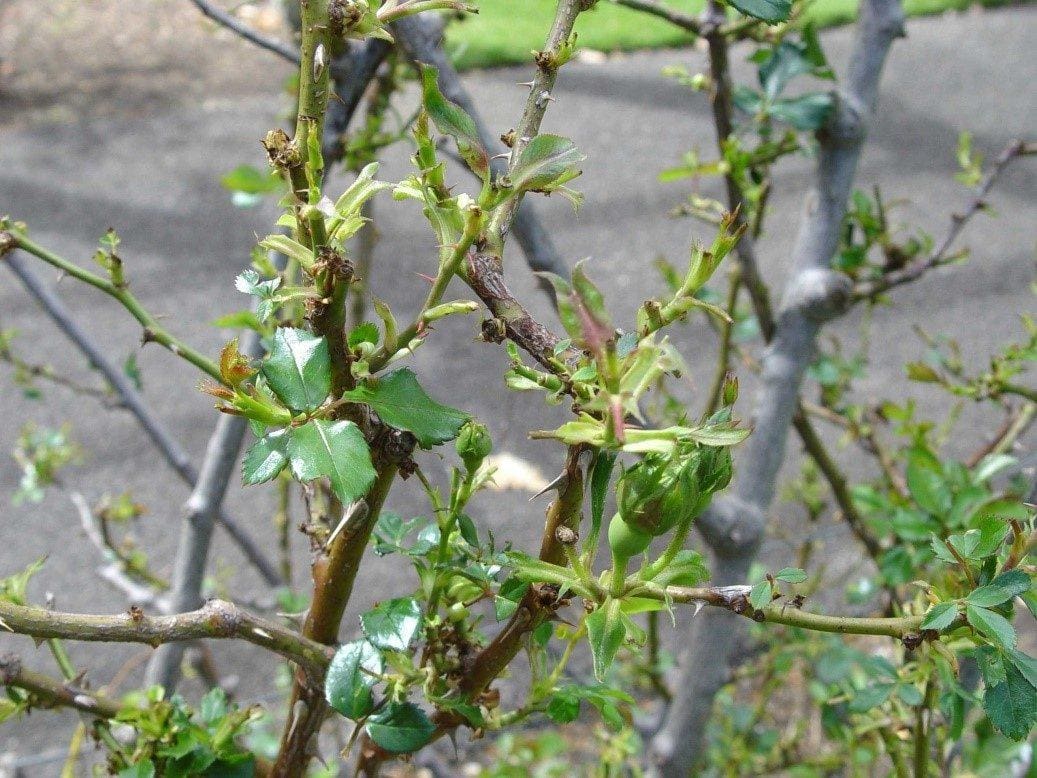 ANIMAL DAMAGE
ANIMAL DAMAGE APHIDS
APHIDS BLACKSPOT
BLACKSPOT BOTRYTIS
BOTRYTIS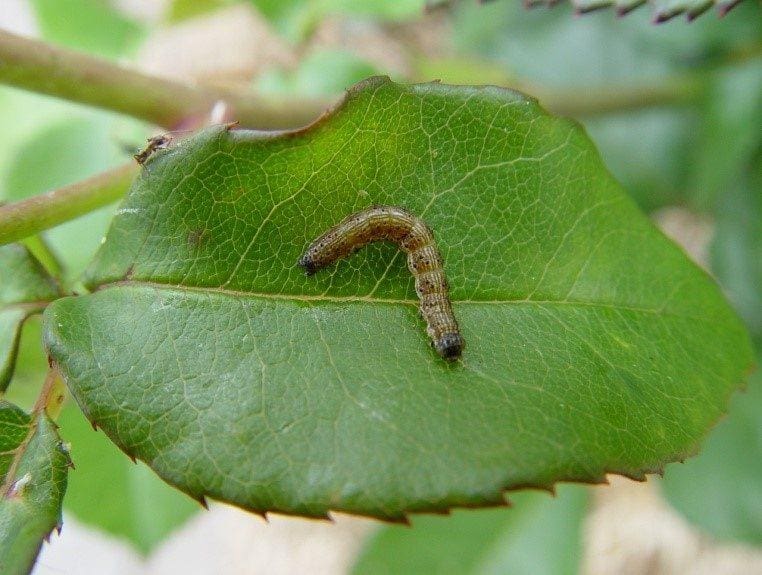 CATERPILLAR
CATERPILLAR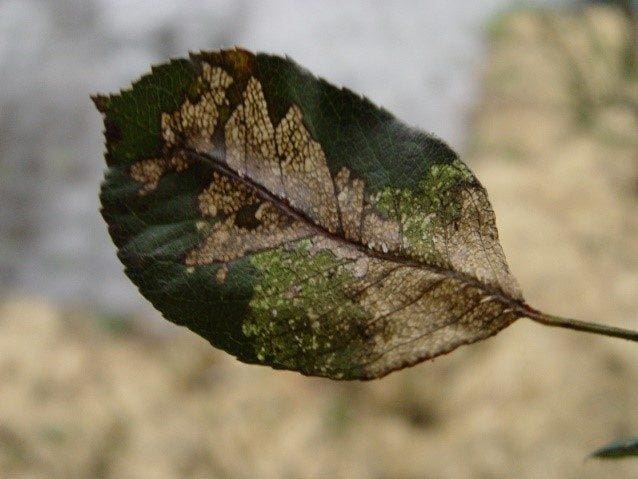 CATERPILLAR
CATERPILLAR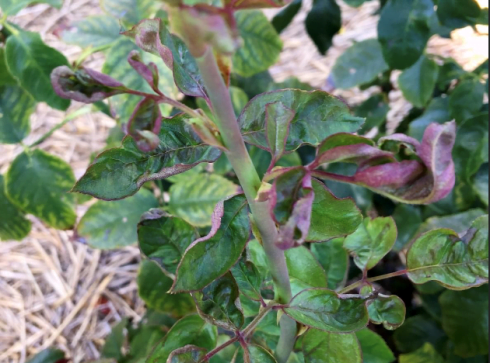 CHILLI THRIP
CHILLI THRIP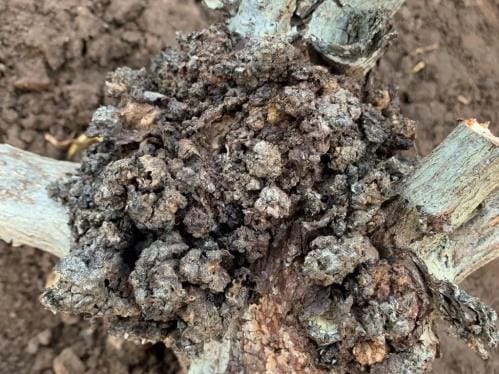 CROWN GALL
CROWN GALL EARWIG
EARWIG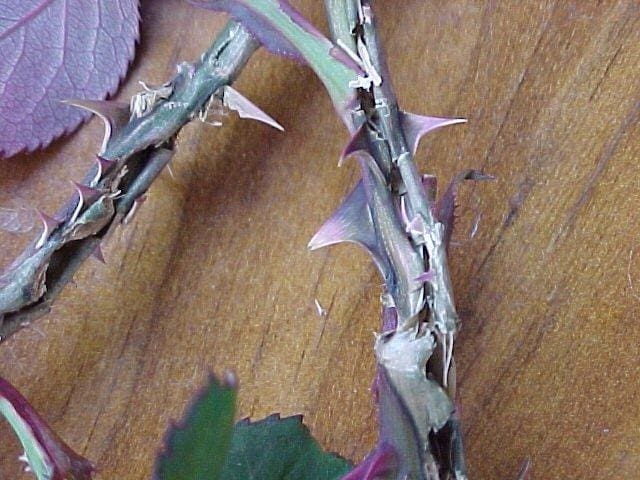 GALAH DAMAGE
GALAH DAMAGE GARDEN WEEVEL
GARDEN WEEVEL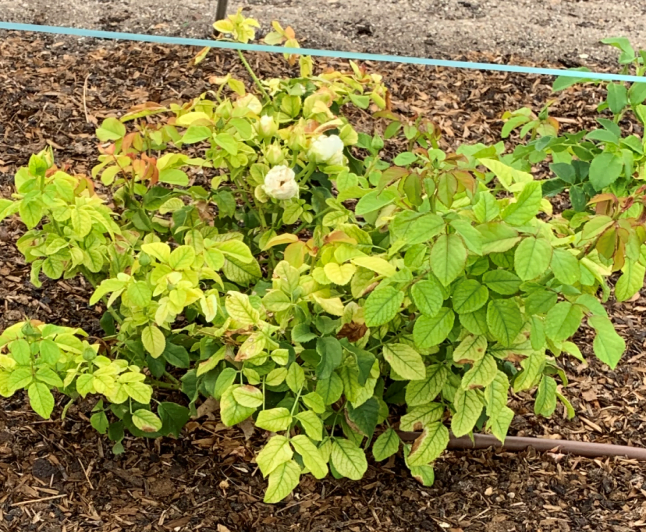 IRON DEFICIENCY (High pH Level)
IRON DEFICIENCY (High pH Level) LADYBIRD
LADYBIRD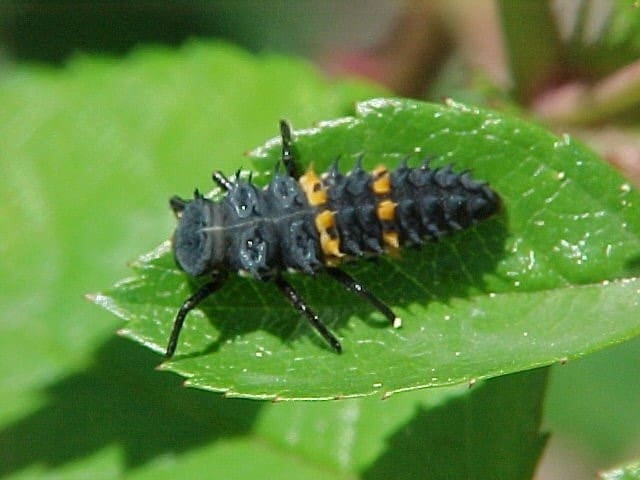 LADYBIRD NYMPH
LADYBIRD NYMPH LEAF CUTTER BEE
LEAF CUTTER BEE MILDEW
MILDEW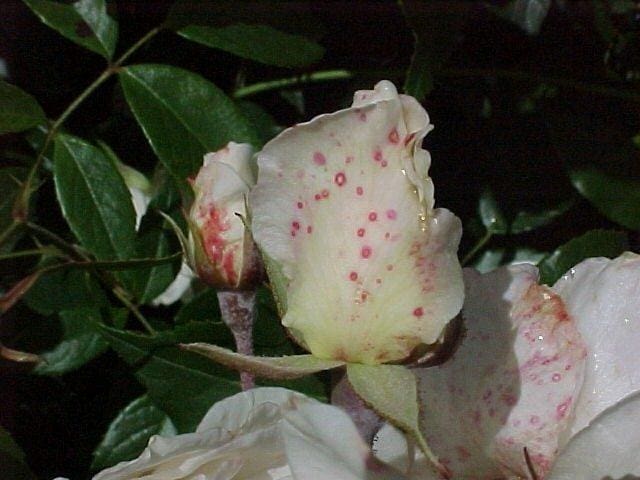 RAIN BRUISING
RAIN BRUISING RUST
RUST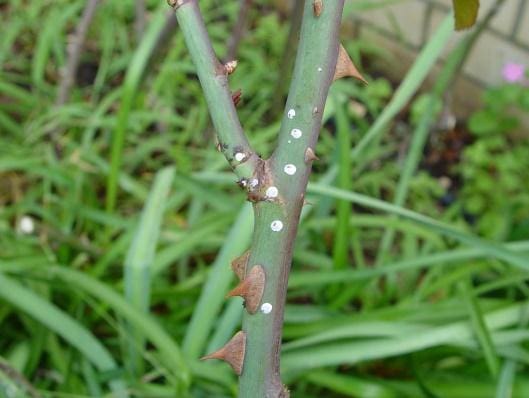 SCALE
SCALE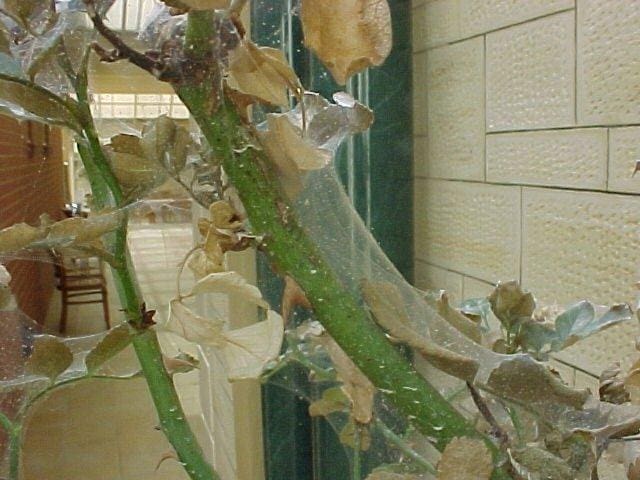 SPIDER MITE (Two Spotted Mite)
SPIDER MITE (Two Spotted Mite)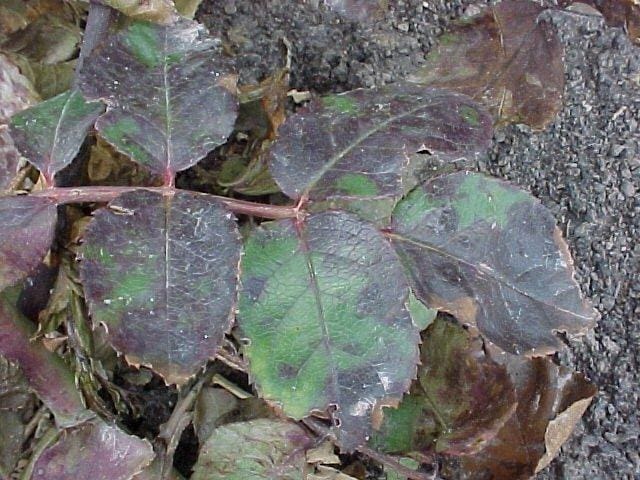 SPRAY BURN
SPRAY BURN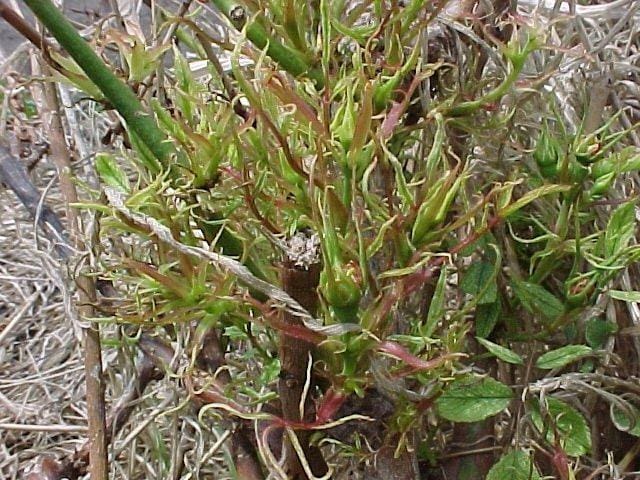 SPRAY DAMAGE
SPRAY DAMAGE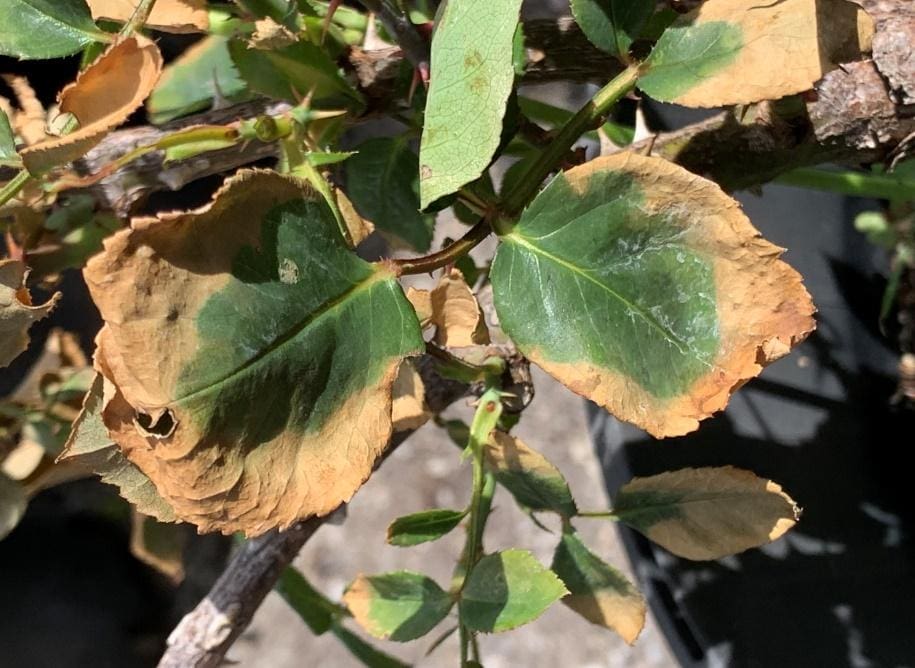 SUN BURN
SUN BURN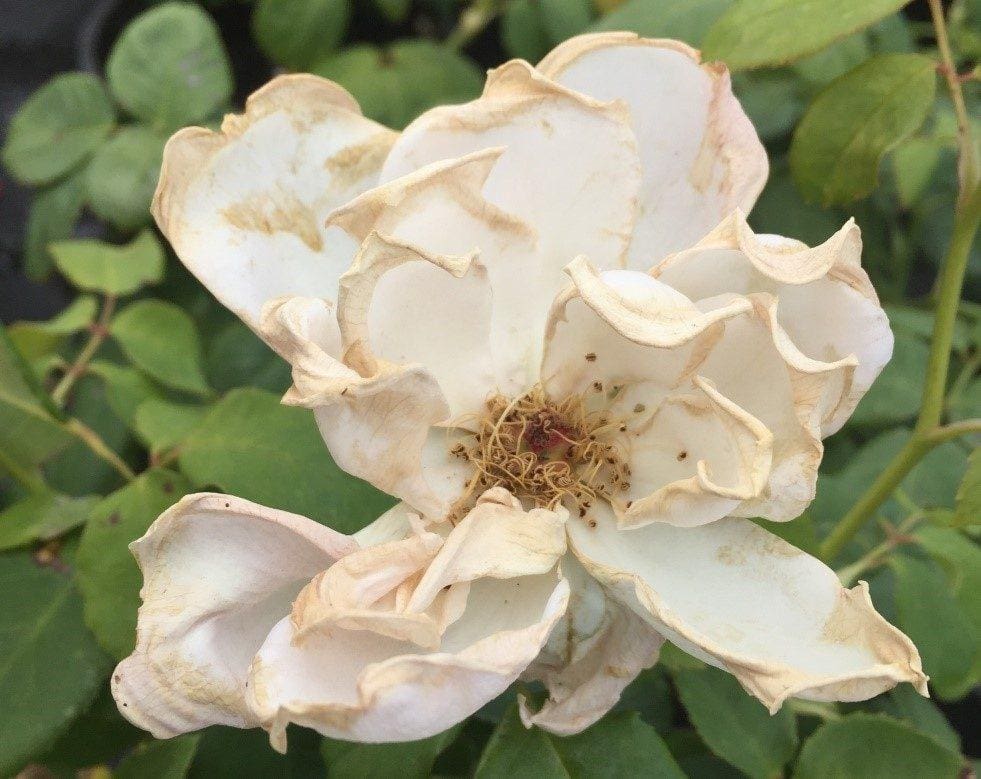 THRIP
THRIP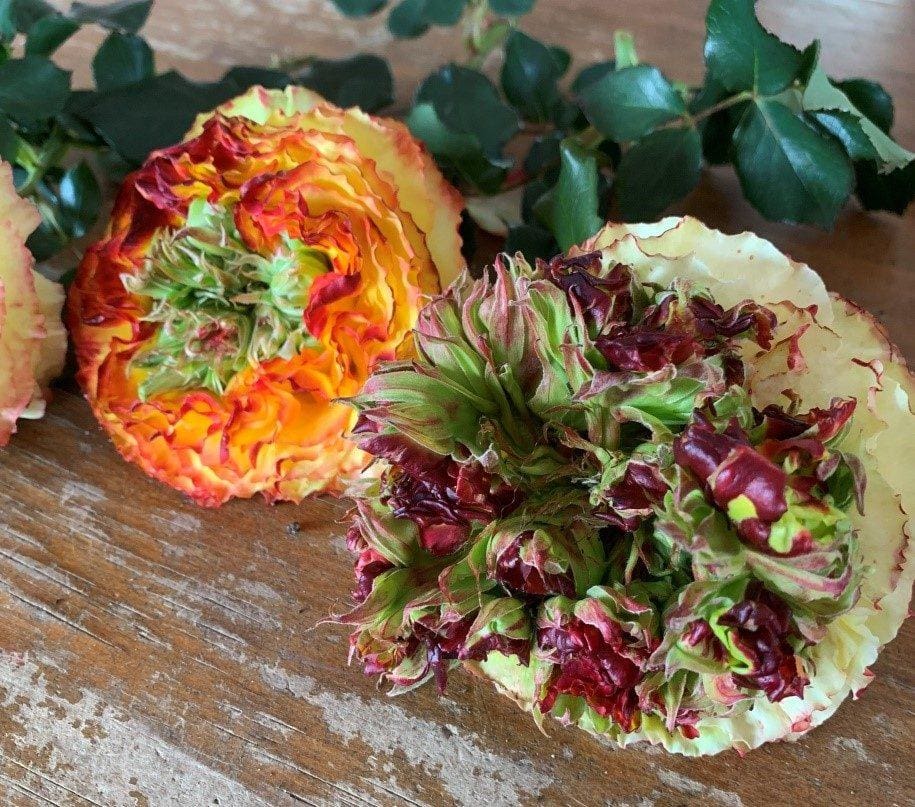 VEGETATIVE CENTRE
VEGETATIVE CENTRE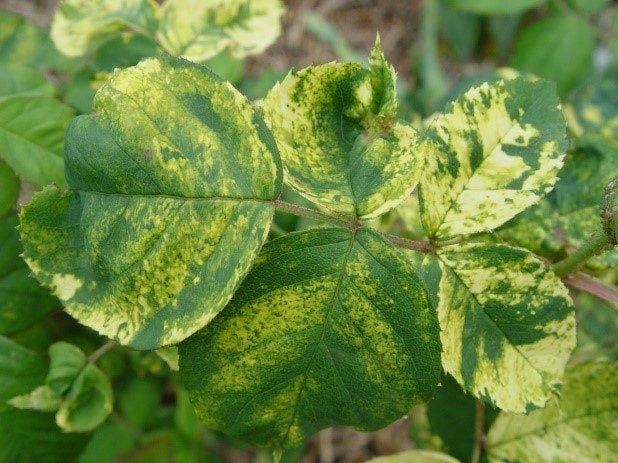 VIRUS MOSAIC
VIRUS MOSAIC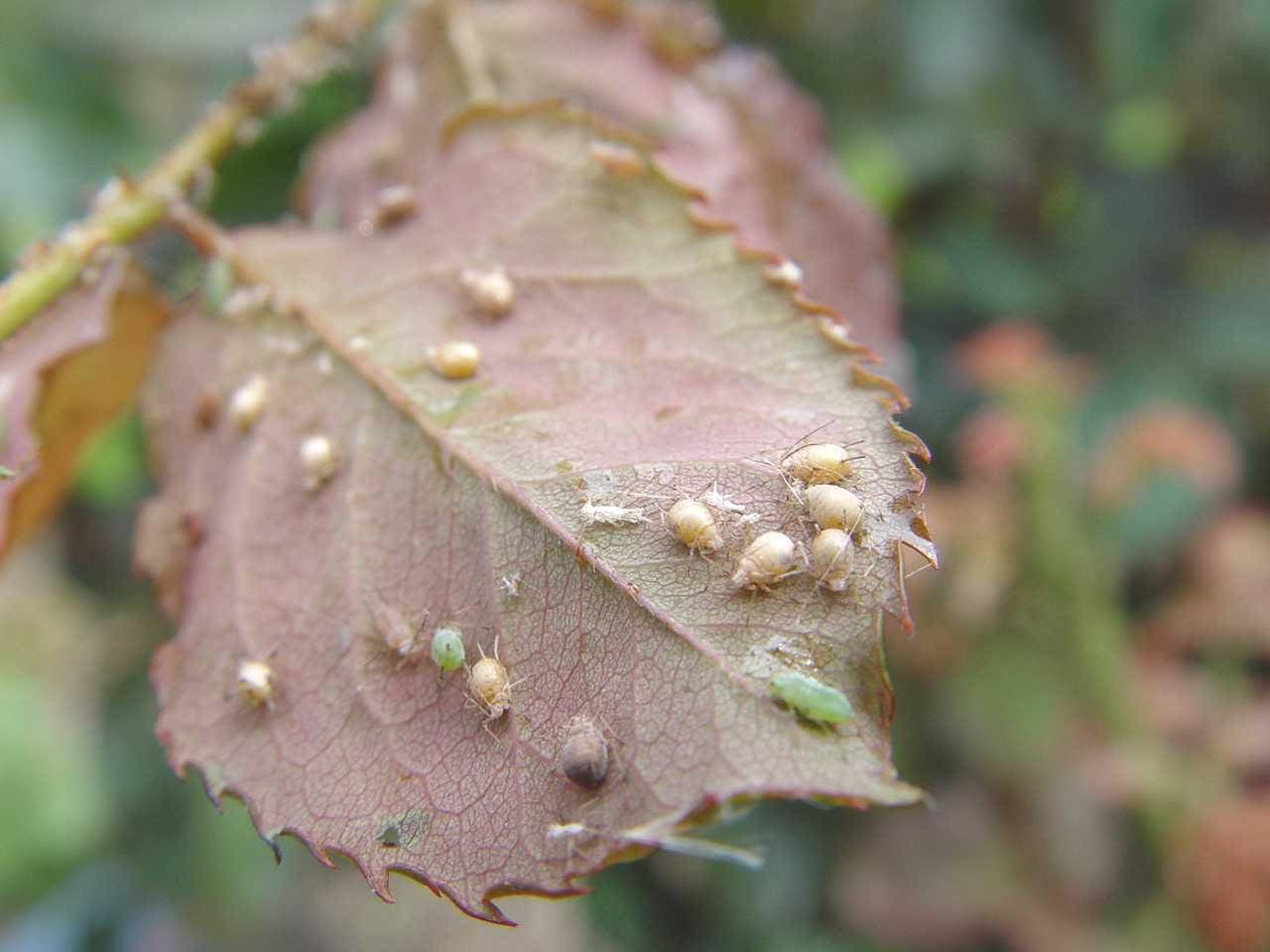 WASP COCOON
WASP COCOON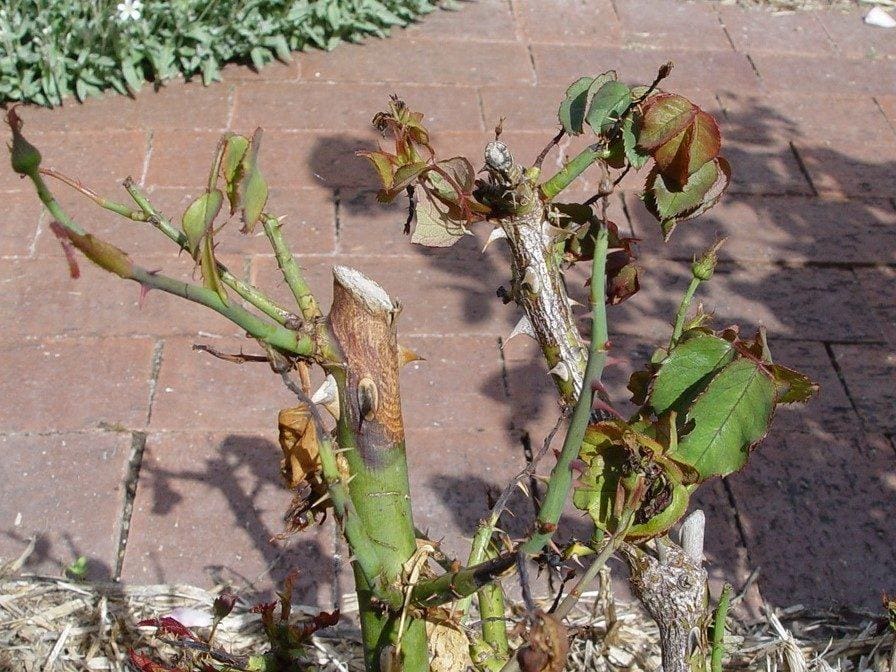 WILT & DIEBACK
WILT & DIEBACK